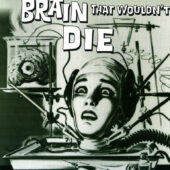

Affectionate amphibians, river cruises down the Amazon, femme fatales in one-piece bathing suits: it must be the 50s B-flick. The 50s B-flick in question is Creature from the Black Lagoon, a movie that you probably know better from the pinball machine inspired by it. Said pinball machine is very popular as a novelty item, and can be found at about whatever place where you will find old pinball machines that the company doesn’t have enough money to replace yet.

Creature from the Black Lagoon was one of many B movies that found its way into cult status mainly through steamy-car sessions at the drive-ins and the beginning of popcorn projectile throwing as an art (I still think that should be an Olympic event).
The movie concerns a scientist’s shocking discover of an amphibious hand. This leads the scientist into the belly of the Amazon, where he is part of an expedition led by David Reed (Richard Carlson). Reed, of course, discovers that the monster is not only alive but also alive and fairly well and becomes determined to study it. Of course, the creature isn’t all too happy about this.
But it isn’t really the fact that he is being poked and prodded that is such a bother to our amphibian antihero. No, instead he faces the trials and tribulations associated with love of the unrequited variety. You see, beneath that slimy exterior beats the heart of a, thing, and this thing allows its emotions to be stirred by a constant desire for Kay (Julie Adams).
Kay, however, happens to be in love with David Reed, not to mention the fact that she takes constant sexual harassment from her megalomaniac boss Mark Williams (Richard Denning). And all of them have to put up with the stock-character of the captain (Antonio Moreno).
Since hell hath no fury like a slimy-thing scorned, the monster begins killing people and attempting to keep the ship in the lagoon. Monster jealousy (a la King Kong) is a common theme among the ’50s era horror films, and Creature from the Black Lagoon displays such a quality in especially low form. Similarly, it goes completely by the cliché book in regards to the trademark of the 50s B-movie: having at least one speech about how this is a world that we don’t know anything about, a world that’s changing fast.
If liberals want change, and change brings on more horror movies with more long-winded speeches about change, then I may just have to become a conservative.
The acting in the movie is especially sub par. Julie Adams proves that even in the 50s bad actresses could still use their chest to get a part that they should have used their head to get. Richard Carlson proves that Shatner was not the first person to trip over an over-the-top moral-of-the-story speech, and Richard Danning proves that power-drunkenness can have all of the alcoholic punch of a root beer. Don’t even get me started on Antonio Moreno.
Creature from the Black Lagoon has achieved its sort of cult-notoriety based upon the one thing it has going for it: innovation. This film was a predecessor to the Jaws cinematography of keeping the danger hidden as well as of a lot of under-the-water work that the Jaws rip Deep Blue Sea incorporated. It definitively upped the technical ante for the monster movie.
The technical material is so good, in fact, that if you might actually like the movie, if you can ignore everything else.
Review by James Brundage © 2000 filmcritic.com






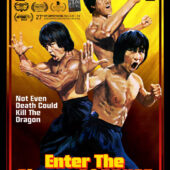
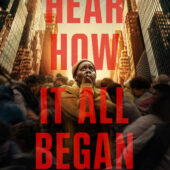








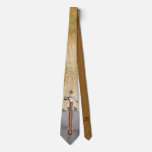




![Bruce Lee in Enter the Dragon 10×8 inch Original Publicity Photo Jeet Kune Do Club [B12]](https://www.filmfetish.com/img/p/2020/11/bruce-lee-photo-b12-01-170x170.jpg)
![Battlestar Galactica Actresses Tricia Helfer, Katee Sackhoff, Nicki Clyne and Michelle Forbes Photo [221114-2]](https://www.filmfetish.com/img/p/2022/11/221114-2-11x85-web-170x170.jpg)
![The Sun Page 3 Girl and Pin-Up Model Debee Ashby Sexy Photo [210906-76]](https://www.filmfetish.com/img/p/2024/04/210906-76-11x85-web-170x170.jpg)
![Adult Movie Actress and Former Stripper Stormy Daniels Photo [221010-104]](https://www.filmfetish.com/img/p/2022/11/221010-104-stormy-daniels-85x11-web-170x170.jpg)











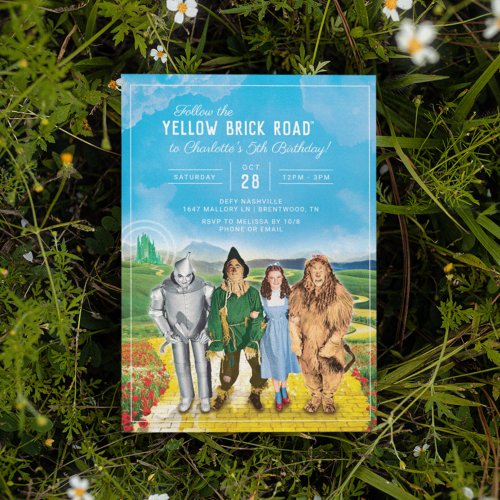



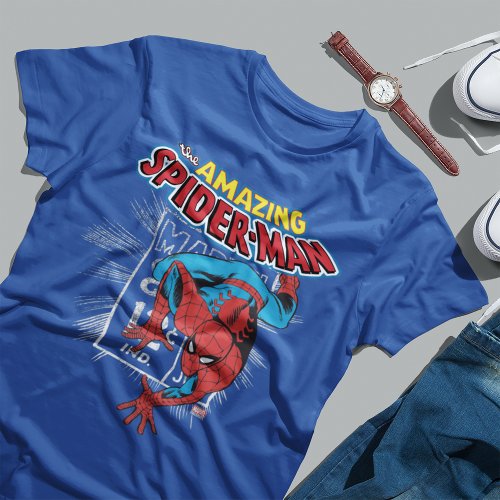






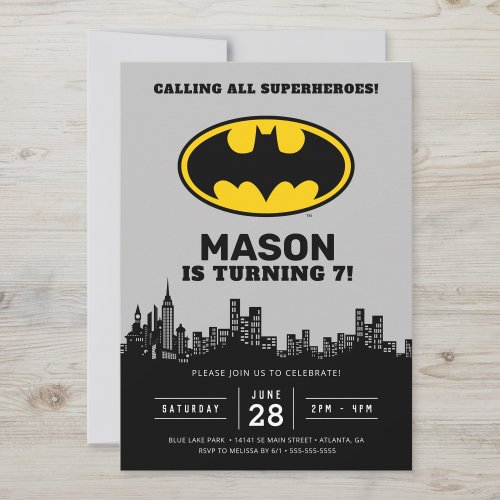




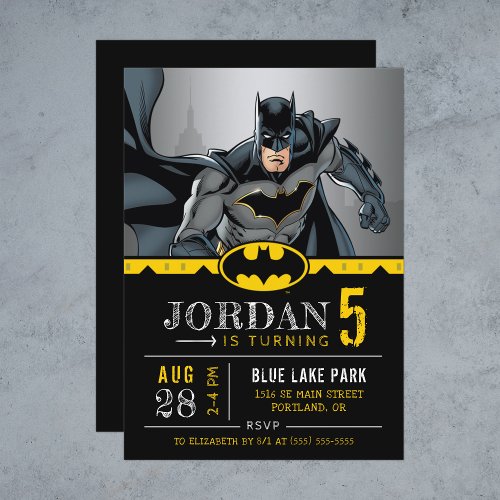
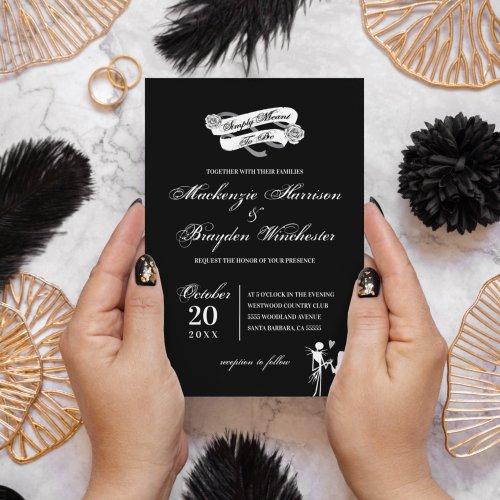


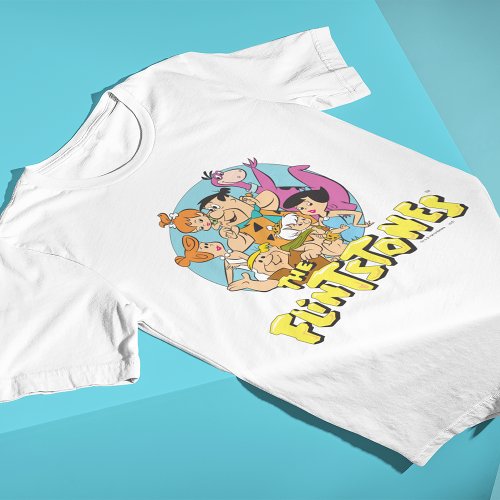
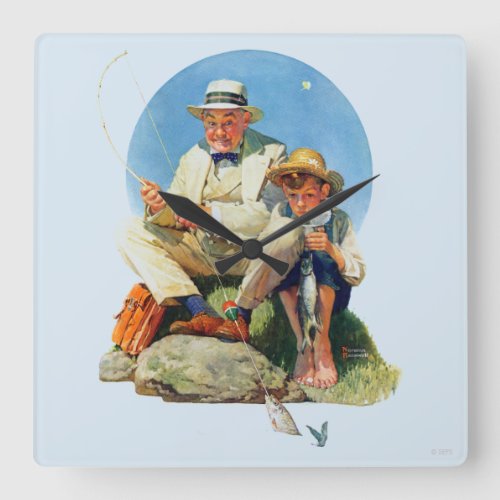
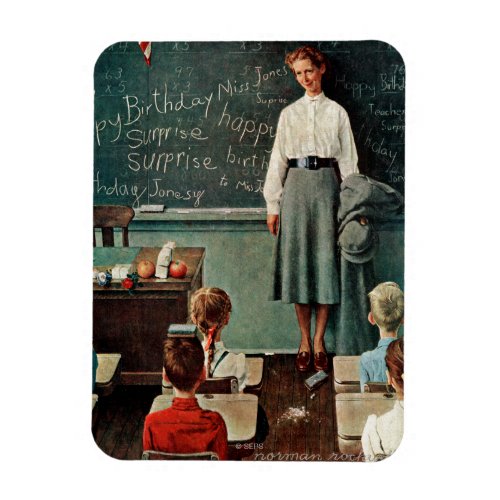

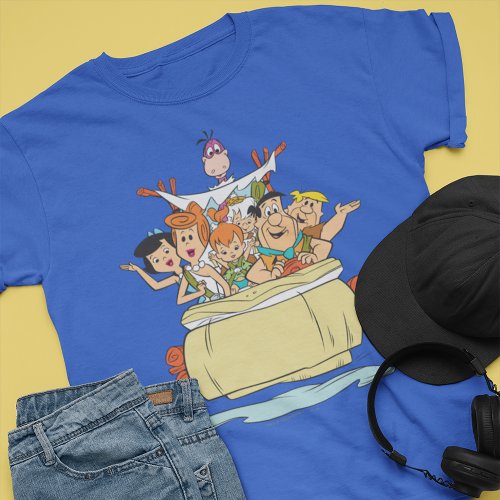

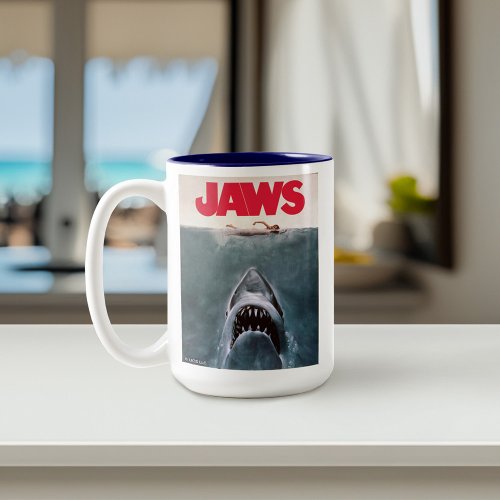
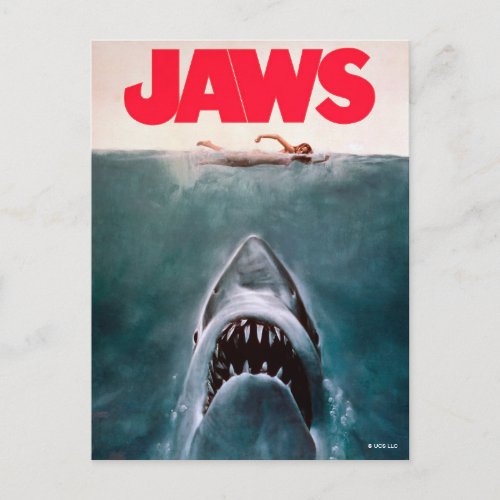











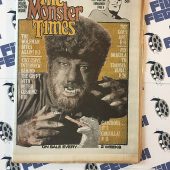
![The Collapsed DVD Edition (2012) [310]](https://www.filmfetish.com/img/p/2020/08/collapsed-310-01-170x170.jpg)

![Tim Burton’s Tragic Toys Robot Boy Collector Figure Dark Horse Deluxe (2011) [214]](https://www.filmfetish.com/img/p/2020/02/tragic-toys-robot-boy-0214-01-170x170.jpg)


